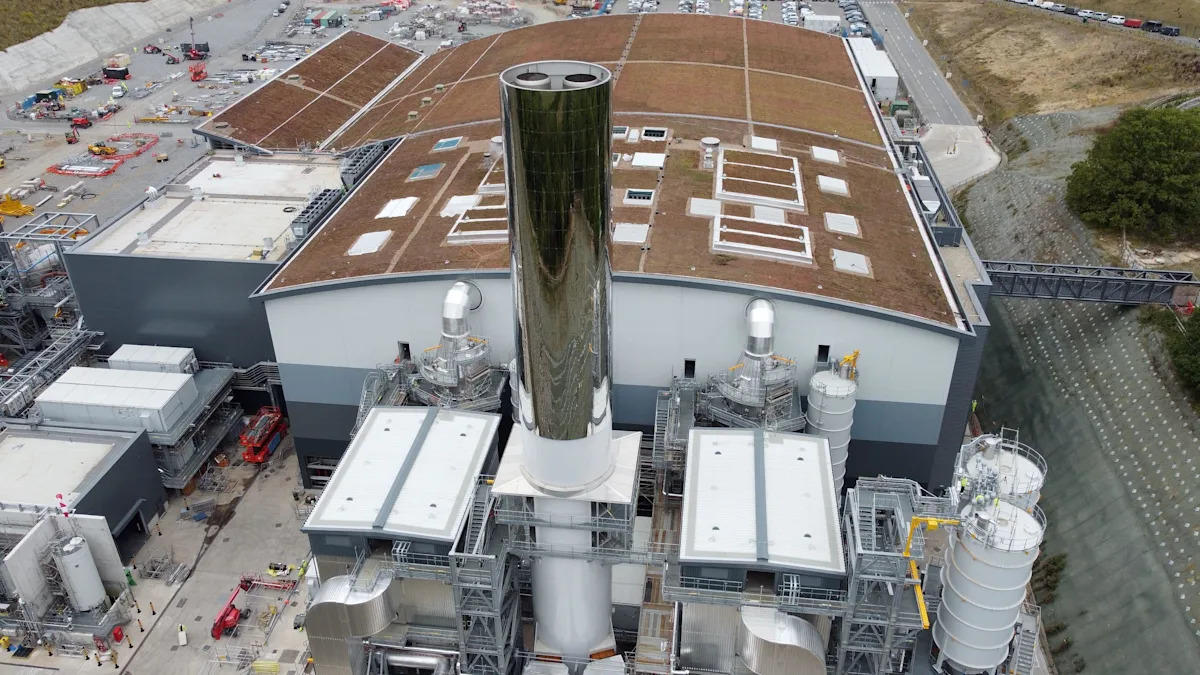Home / Environment / Waste Firm Seeks Permit to Release Visible Steam Plumes, Sparking Community Backlash
Waste Firm Seeks Permit to Release Visible Steam Plumes, Sparking Community Backlash
4 Oct
Summary
- Waste firm seeks to amend planning permission to allow visible steam plumes
- Residents document visible plumes and raise concerns over environmental impact
- Firm claims visible plumes would be more energy-efficient, but faces community resistance

As of October 4th, 2025, a waste management company, Indaver, is seeking to amend the planning permission for its incinerator facility in Rivenhall, Essex. The company has been incinerating black bin waste at the site since the start of the summer and was originally granted approval on the condition that no visible plume would be produced.
However, Indaver is now arguing that it would be "more energy efficient" if steam were allowed to be occasionally seen from the chimney stack. The firm claims that the energy used to prevent a visible plume is equivalent to powering 12,000 homes. This proposal has been met with resistance from the local community, some of whom have already documented what they say are visible plumes coming from the site.
Residents have shared photos and videos online showing white clouds drifting from the chimney, prompting concerns about transparency and environmental impact. Indaver has acknowledged that there would be a commercial benefit in selling more energy, but the company denies that the odors reported by locals are from the plant, stating that any visible steam is due to the ongoing commissioning of the system.
Advertisement
The local authorities are set to discuss Indaver's proposal to change the planning conditions regarding the plume. The original application included plans for a food waste and paper pulping plant, but the company now says it is unlikely to build those facilities as there is currently "not a need for that kind of facility." Instead, Indaver has put in a separate planning application to build 40 hectares of glasshouses next to the incinerator, which it says would produce 7% of the tomatoes consumed in the country and be powered by the facility.




